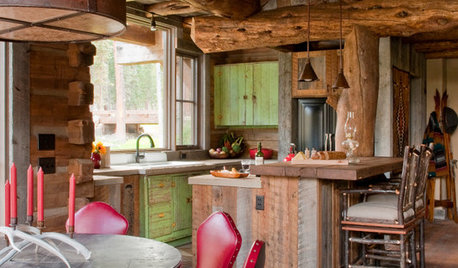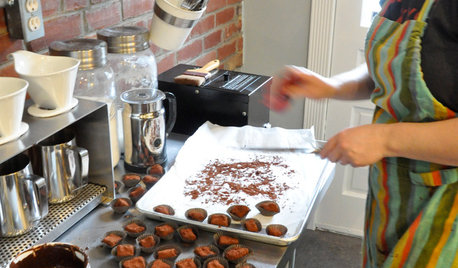Lodge Pro-Logic vs. Lodge Logic vs. regular Lodge
arley_gw
19 years ago
Featured Answer
Comments (10)
dereckbc
19 years agolast modified: 9 years agoarley_gw
19 years agolast modified: 9 years agoRelated Professionals
Carlsbad Furniture & Accessories · Lorton Furniture & Accessories · Tampa Furniture & Accessories · Alpharetta Furniture & Accessories · Norwalk Furniture & Accessories · Grafton Kitchen & Bathroom Designers · Kalamazoo Kitchen & Bathroom Designers · Piedmont Kitchen & Bathroom Designers · Cherry Hill Kitchen & Bathroom Designers · Minnetonka Mills Kitchen & Bathroom Remodelers · Bremerton Kitchen & Bathroom Remodelers · Camarillo Kitchen & Bathroom Remodelers · Champlin Kitchen & Bathroom Remodelers · Hunters Creek Kitchen & Bathroom Remodelers · Lyons Kitchen & Bathroom Remodelersdereckbc
19 years agolast modified: 9 years agoarley_gw
19 years agolast modified: 9 years agoarley_gw
19 years agolast modified: 9 years agodereckbc
19 years agolast modified: 9 years agomandy
19 years agolast modified: 9 years agoalanrockwood
18 years agolast modified: 9 years agogin_gin
18 years agolast modified: 9 years ago
Related Stories

DECORATING GUIDES10 Ways to Get the Modern Rustic Lodge Look
Soaring ceilings, log walls and woodsy views are just the start of creating a lodge that has the right balance of rustic and modern
Full Story
LIFEStay Free With House Swapping
Imagine paying nothing for your vacation lodging. With house swapping in more than 150 countries, it's possible
Full Story
REMODELING GUIDESSo You Want to Build: 7 Steps to Creating a New Home
Get the house you envision — and even enjoy the process — by following this architect's guide to building a new home
Full Story
TRIMWhat Color Should You Paint Your Trim?
Learn the benefits of painting your trim white, black, neutral, a bold color and more
Full Story
MOST POPULAR12 Key Decorating Tips to Make Any Room Better
Get a great result even without an experienced touch by following these basic design guidelines
Full Story
KITCHEN DESIGNLove to Cook? We Want to See Your Kitchen
Houzz Call: Show us a photo of your great home kitchen and tell us how you’ve made it work for you
Full Story
LANDSCAPE DESIGNDitch the Ordinary Ditch: Create a Realistic Dry Creek Bed
Here’s how to turn your water runoff system into an eye-catching accent for your landscape
Full Story
MOST POPULARHouzz TV: Fred MacMurray’s Enduring Farmhouse Retreat
One of the most beloved actors of the 20th century traded fame for farm implements on this California ranch. His daughter shows us around
Full Story
WORKING WITH PROSHow to Hire the Right Architect: Comparing Fees
Learn common fee structures architects use and why you might choose one over another
Full Story
KITCHEN DESIGNHouzz Call: Pros, Show Us Your Latest Kitchen!
Tiny, spacious, modern, vintage ... whatever kitchen designs you've worked on lately, we'd like to see
Full StoryMore Discussions






cupofkindness